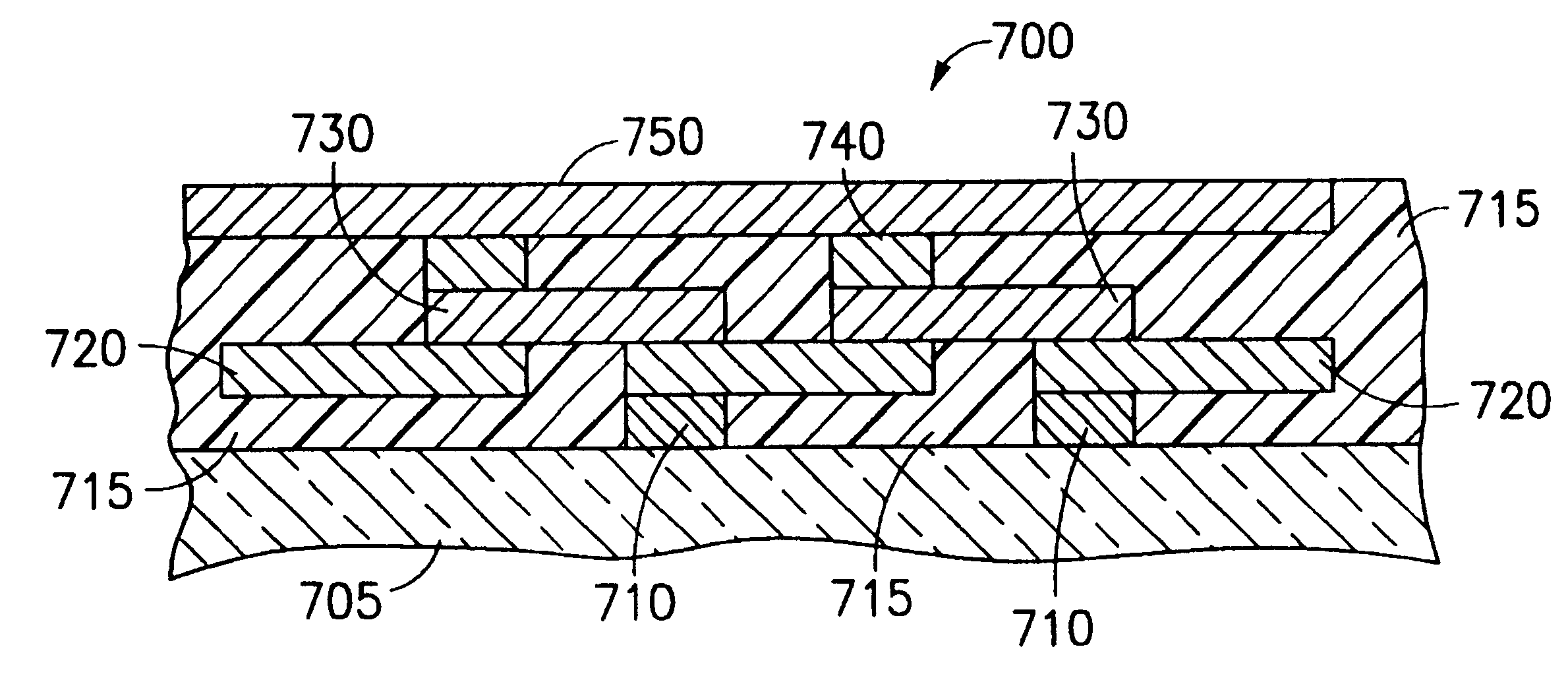Differential thermopile heat flux transducer
a heat flux transducer and thermopile technology, applied in the field of differential thermopile heat flux transducers, can solve the problems of difficult or impossible to predict the installed performance of insulative materials in laboratory experiments, difficult or impossible to acquire accurate, useful data with heat flux sensors, etc., and achieve the effect of not being able to measure heat flux through a surface and a large area
- Summary
- Abstract
- Description
- Claims
- Application Information
AI Technical Summary
Problems solved by technology
Method used
Image
Examples
Embodiment Construction
With reference to the attached drawings, the structure and development of the preferred embodiment (the "Episensor") of the present invention will now be described. Identical reference numerals in different drawings refer to the identical structure. The first number of each reference numeral indicates the first figure in which that reference numeral has been introduced.
Development of the Episensor
1. The 1st Generation Improved Heat Flux Sensor
In U.S. Pat. No. 5,990,412, herein incorporated by reference, a heat flux sensor and its method of manufacture, which contained various improvements over prior known heat flux sensors and their methods of manufacture, were disclosed. This first generation improved heat flux sensor is depicted in FIG. 1. With reference to FIG. 1, the sensor 100 consists of a thin sheet of aluminum 120 which has been anodized on at least one surface 130. Anodization produces a thin aluminum oxide layer 140 to electrically insulate the sensor elements from the alu...
PUM
| Property | Measurement | Unit |
|---|---|---|
| temperature | aaaaa | aaaaa |
| temperature | aaaaa | aaaaa |
| thickness | aaaaa | aaaaa |
Abstract
Description
Claims
Application Information
 Login to View More
Login to View More - R&D
- Intellectual Property
- Life Sciences
- Materials
- Tech Scout
- Unparalleled Data Quality
- Higher Quality Content
- 60% Fewer Hallucinations
Browse by: Latest US Patents, China's latest patents, Technical Efficacy Thesaurus, Application Domain, Technology Topic, Popular Technical Reports.
© 2025 PatSnap. All rights reserved.Legal|Privacy policy|Modern Slavery Act Transparency Statement|Sitemap|About US| Contact US: help@patsnap.com



